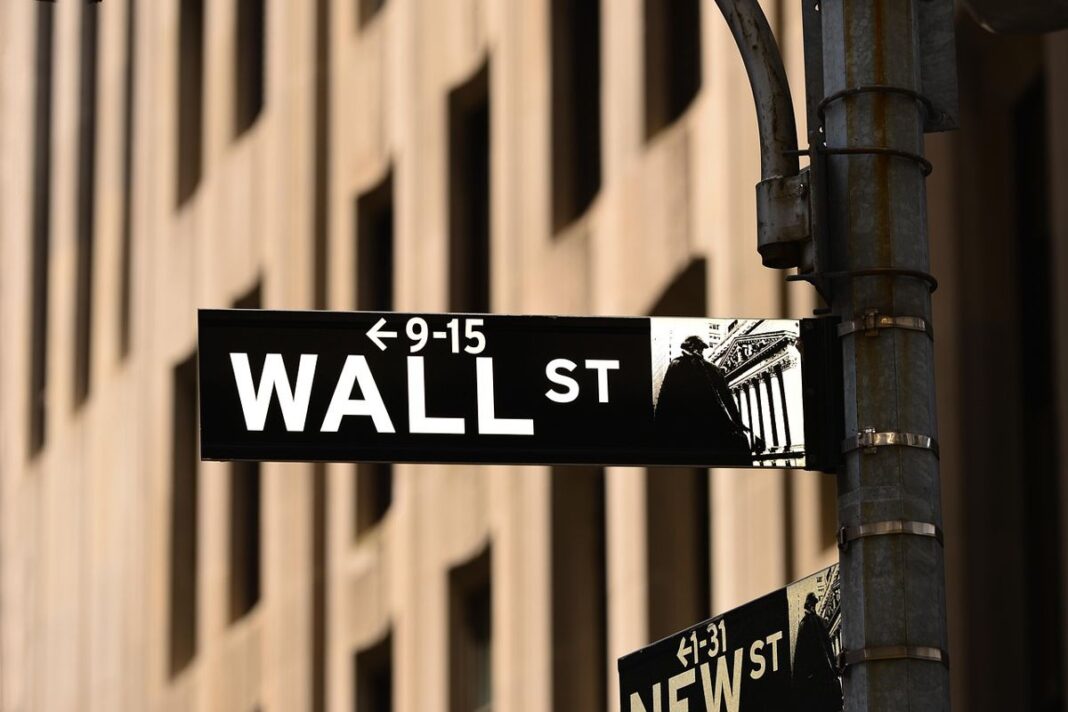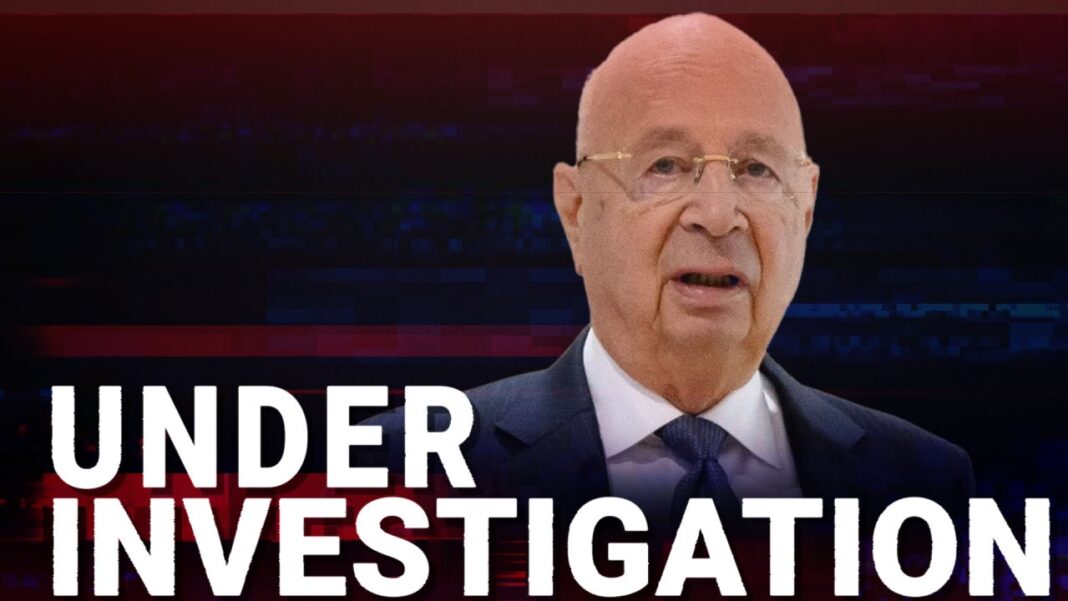The president has ‘no intention’ of firing Federal Reserve Chair Jerome Powell and will not ‘play hardball’ with China, he said.
U.S. stocks surged on April 23, as President Donald Trump clarified his stance on Federal Reserve Chair Jerome Powell and China tariffs.
The Dow Jones Industrial Average, an index of blue-chip stocks, advanced by more than 900 points, or more than 2 percent.
The broader S&P 500 Index jumped more than 100 points, or 2.5 percent. The tech-heavy Nasdaq Composite Index soared by close to 600 points, or 3.6 percent.
Following the weeks-long tariff-driven decline in the financial markets, Wall Street is looking to build on its April 22 gains after all three leading benchmark averages climbed nearly 3 percent.
Despite Trump’s recent criticisms of the central bank chief, the president confirmed to reporters at the Oval Office on April 22 that he has “no intention” of firing Powell before his term expires in May 2026.
“The press runs away with things. No, I have no intention of firing him. I would like to see him be a little more active in terms of his idea to lower interest rates,” Trump said at a swearing-in ceremony for new Securities and Exchange Commission Chair Paul Atkins.
Over the past several days, Trump highlighted his frustration with the Federal Reserve’s lack of monetary policy easing, criticizing Powell.
“’Preemptive cuts’ in interest rates are being called for by many,” Trump said in an April 21 Truth Social post, adding that there could be “a slowing of the economy” unless Powell lowers interest rates now.
The stock market plummeted after these comments.
“Stocks, bonds, and the U.S. dollar all dropped on Monday following an escalation of verbal attacks by President Trump on Fed Chair Powell and that created yet another source of policy uncertainty for markets to consider (something we absolutely don’t need right now),” Tom Essaye, founder and president of Sevens Research Report, said in a note to The Epoch Times.
Last week, in an April 17 Truth Social post, Trump urged the Fed to follow the European Central Bank and lower interest rates.
He later reiterated his frustrations with Powell.
By Andrew Moran






